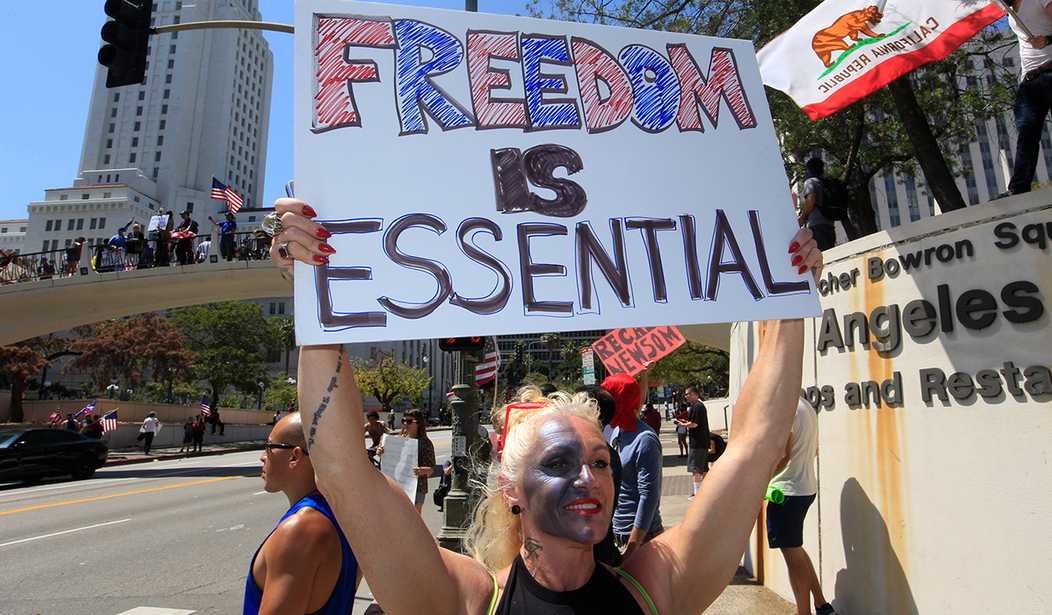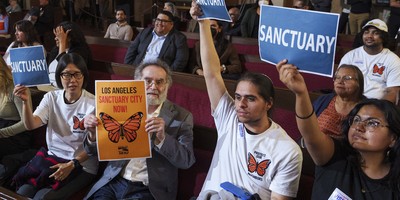In March we learned about flattening the curve and social distancing (which should have been labeled "physical distancing") to combat the coronavirus pandemic. The goal was to lower the number of cases to ensure that the supply of hospital beds, and especially ventilators, was not overwhelmed by the need for them. The goal was not to totally stop the pandemic but to push the number of cases into a longer time frame to allow the health system to handle those who needed additional assistance.
According to Maria Godoy's March 13 NPR article "Flattening a Pandemic's Curve: Why Staying Home Now Can Save Lives," "It's all part of an effort to do what epidemiologists call flattening the curve of the pandemic. The idea is to increase social distancing in order to slow the spread of the virus, so that you don't get a huge spike in the number of people getting sick all at once. If that were to happen, there wouldn't be enough hospital beds or mechanical ventilators for everyone who needs them, and the U.S. hospital system would be overwhelmed."
Godoy quoted Drew Harris, a population health researcher at Thomas Jefferson University in Philadelphia, about the goal of flattening the curve. "The system can adjust and accommodate all the people who are possibly going to get sick and possibly need hospital care," Harris said. It was not about stopping cases; it was about managing the supply of critical care resources.
Harris is the researcher who is often associated with the chart of the curve literally being flattened. Clearly, this strategy worked. While it took longer in some areas to have an effect (especially high-density areas with rapid transport systems that have high usage), in other areas, where there was already physical space and less rapid transport, it took effect faster.
While we've been sheltering in place, millions of people have become unemployed and filed for unemployment, and billions of dollars have been given out in federal bailouts. Our health has also struggled, even for those of us who have not contracted the virus, according to Kate Briquelet of The Daily Beast. In a May 4 article titled "Don't Forget the Other Pandemic Killing Thousands of Americans," she cited an increase in opioid deaths linked to the pandemic.
Recommended
"Amid social distancing, authorities nationwide are reporting a surge in fatal opioid overdoses," she said. "Addiction and recovery advocates say the U.S. is now battling two epidemics at once."
Human connection, which is at the core of recovery, is sorely lacking; therefore, addicts are struggling even more than they used to, according to Briquelet. Add to that the psychological stress and the loss of the sense of control; it's no wonder that opioid overdoses are surging.
While it's not time to resume life as it was last year -- with large concerts, sporting events, weddings and other conventions -- it is time to begin discussing, rationally, how to begin to interact once again, using science as our guide.
My point is there is a balance between reopening everything, including a 100,000-person event in a stadium, and remaining sheltered in place. We need to figure out how to conduct commerce while keeping the most vulnerable among us at more than arm's length.
We have to be able to talk about this is an adult way, without hurling personal, disparaging remarks at people with whom we disagree. Instead, why not try listening to and understanding their perspective? Maybe you can address their concerns while also laying out the advantages of your approach.
There has been little mainstream coverage of what people can do -- other than washing hands, wearing masks and staying away -- to lower their risk of contracting COVID-19. For most individuals, immune systems can be strengthened by getting enough sleep, exercising, getting outdoors every day, eating nutritious food and meditating. One of the saddest parts of this pandemic is that it disproportionately affects those who already have health challenges. We should use this time to think about how we can redesign our lives, educate ourselves on how to live more healthily, provide access to more parks and provide more nutritious food. This would lead to healthier people better able to weather another pandemic.
We can't stay shut away like this forever; we are unlikely to devise an exit strategy that will keep the virus from inflicting further damage. While we can't return to the kinds of lives we led in 2019, if we think creatively, we might be able to come up with some alternatives that don't simply take us back to our 2019 lives but create a better future for all.
























Join the conversation as a VIP Member